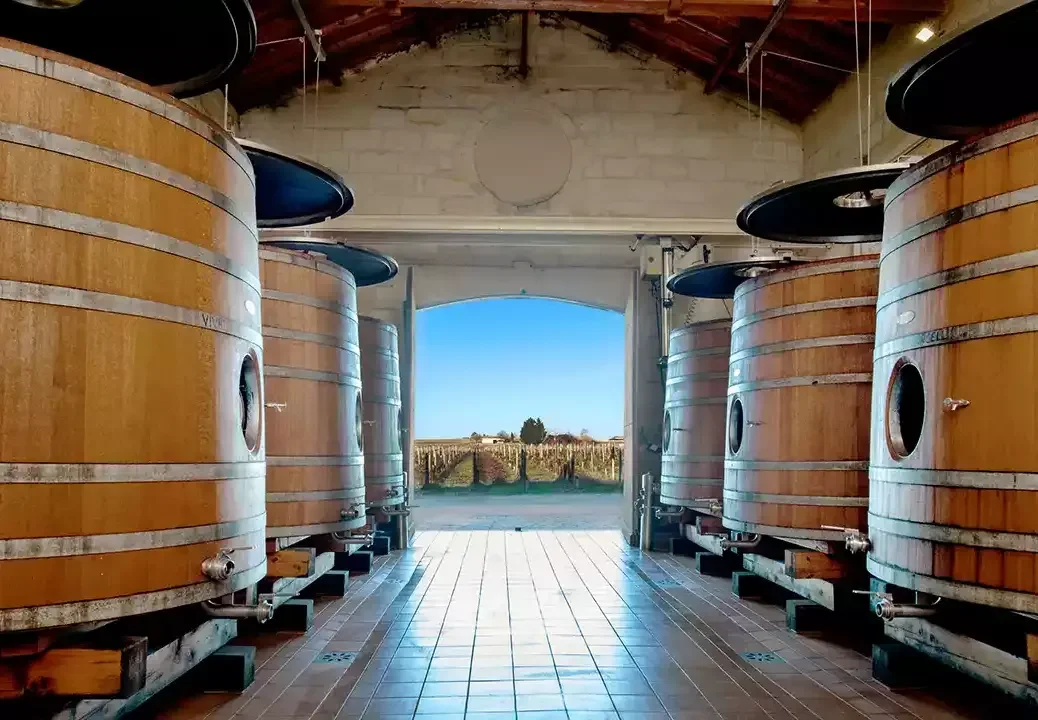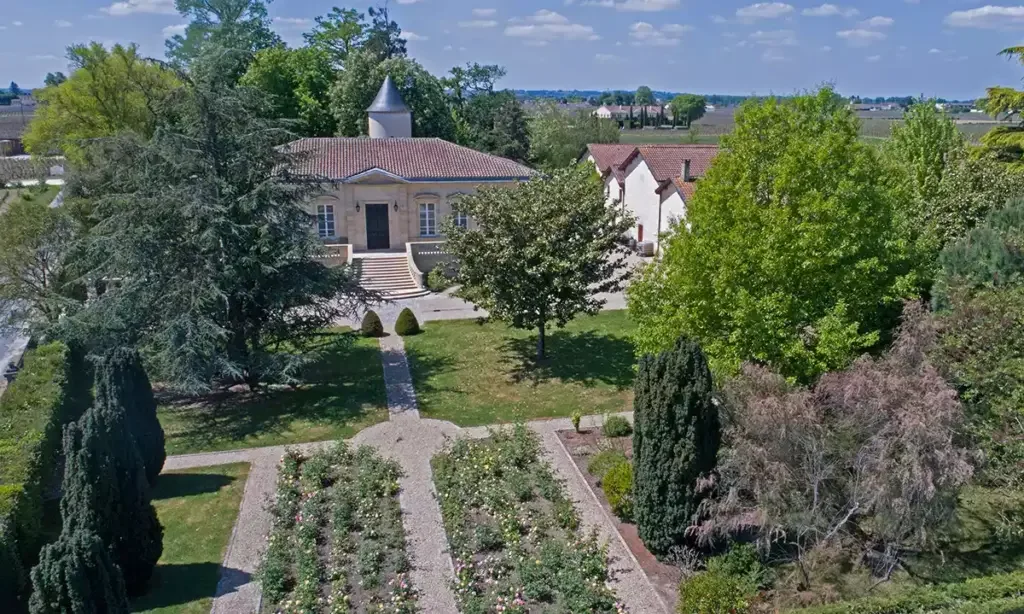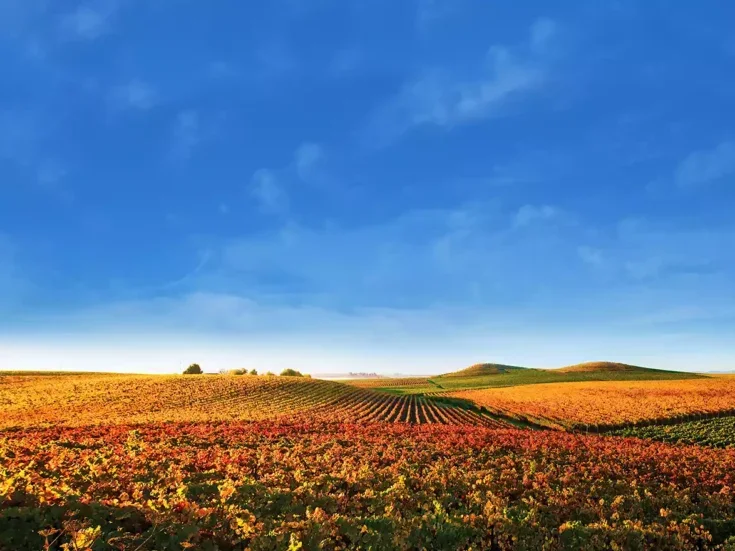
In his latest dispatch from the Bordeaux 2023 en primeur campaign, Simon Field MW visits Château La Tour Figeac, an over-performing, but under-hyped estate in St-Emilion.
Bordeaux 2023 Field notes: Out of sorts?
It is easy, amid the sound and fury of a primeur campaign, to get swept away in a flow of targeted adulation, the targets usually the same and the adulation crowned by peer pressure and a niggling anxiety that maybe, just maybe, this is rather too early to be judging a category which is famous for the longevity of its wines and their capacity to mature with plenty of grace and minimal pressure. It is easy to forget the less known estates, which make up the vast majority of Bordeaux ‘s annual production of 3.84 million hectoliters.
Take St-Emilion, for example; even its putative crown, the Grand Cru Classé, is limited in its international appeal, with only a handful of its 72 recipients gaining recognition on the world stage. One can only be completely confident of approbation if one climbs to the next level, to the pantheon of Premier Grand Cru Classé, of which there are now 14.
Time, then, before the campaign begins, to celebrate one of these (relatively) lesser-known grands crus. With a name which conjures up not one but two of the greatest, Latour and Figeac, Château La Tour Figeac is, in a sense, a marketeers’ dream (best not to mention at this point that there is even more allusive nomenclature in play down the road at Château La Tour du Pin Figeac). Be that as it may, La Tour Figeac has certainly got a lot going for it. It is owned by a family and not by a corporation; it is surrounded by not only Figeac, but also Cheval Blanc and the plateau de Pomerol; and it shares their famous soils. Should that not be enough, it is also farmed under the principles of biodynamic viticulture and has been for well over two decades. What is not to like?
Not a lot, as it turns out, be it the affable and generous owner Otto Rettenmaier, or the focused and scholarly winemaker Pierre Blois, or even, heaven forfend, the wine itself, a true classic of gravelly western St-Emilion terroir, itself part of the greater Figeac estate until 1879. Thereafter the “breakaway” element was divided in two, with the 14.6ha (36 acres) which constitutes today’s La Tour Figeac, handed down, pretty much undisturbed, in terms of terroir at least, to a sequence of owners, most of them Bordelais.
The interest of the Rettenmaier family was piqued by the Counts von Neipperg, hunting friends, and now, of course owners of Canon La Gaffelière. The estate was bought in 1973, its first vintage under new management the 1974, and the current paterfamilias Otto took charge in 1994. Otto has supervised a program of renovation and improvement which has seen significant replanting, the installation of a modern vat room and, perhaps most important, full organic accreditation (2021 was the first year thus labelled). Over the years several famous names have been consulted to gild the lily, most significantly Emile Peynaud, in the early days and, latterly, Stéphane Derenoncourt in the winery and Claude Bourguignon out in the fields.
50 years of Château La Tour Figeac
It is entirely in the character of Otto to mark the 50 vintages of his family’s ownership with a grand tasting, in magnum, of each of his vintages. The turnout is impressive, itself indicative of the respect and affection that he has gained over the years. Is that Jacques Thienpont from Le Pin sniffing the 1975 over there? Yes it is! For the sake of accuracy, one must mention that 1991, a disastrous frosty vintage, did not make an appearance. Otto was insufficiently impressed by the magnums he had kept back, so he kept them back from us, and 50 became 49. An inspiring tasting, nonetheless. When I ask Pierre for an overview, he is pithy in response; the 1970s were years of crisis and recovery (at micro and macro levels), the 1980s of rebirth, the 1990s of restructure and fine vintages, the 2000s the years spent in pursuit of organic principles and thereafter it has been a case of fine tuning. Extremely succinct! And his favorite vintage? He is impressed by the ‘88, a truffly charmer if ever there was one.

Otto, when asked to compare today’s estate with its former self, says that one cannot really make a comparison. “It was another world,” he says, “everything, everywhere was different, less precise, with far less technological assistance and fewer ideas about how to harness an organic spirit.” Indeed, it is the embracing of technology while at the same time getting ever closer to the soil which marks the key aspiration of today’s La Tour Figeac.
Oh, and adding more Cabernet Franc. “We wish to increase it from 37 percent to 59 percent by 2030,” says Otto; quite a precise ambition. And his favorite vintage(s)? He opts for 1998 and 2012, underrated both and, he maintains, worthy of a little more attention. Of the famous years, he especially likes 2000.
My overall impression is that the wines at La Tour Figeac demonstrate significant potential for longevity and that the classic blend (60–70 percent Merlot and 30–40 percent Cabernet Franc) has been highly successful over the longer term, with the resourceful Cabernet Franc harnessing aromatic potential and power at the back of the palate, and the Merlot providing texture and base-line fruit.
My list of favorite wines is long. Standouts include the 1982, still bright and full of energy; the ‘88, subtle but persuasive; the (to my mind) underappreciated 2001; then, with no lack of choice in the last two decades, the 2009 and 2016 primes inter pares. The impressive showing for both the 2022 and the cask sample of 2023 is exceptionally promising. The dial is pointing in the right direction. Proof, should proof be needed, that La Tour Figeac is a very significant player on St-Emilion’s crowded stage. Just look out for the tall turreted water tower with the elegant chartreuse in front; significant landmarks both.






